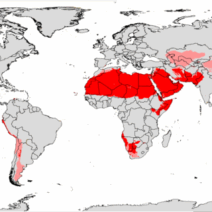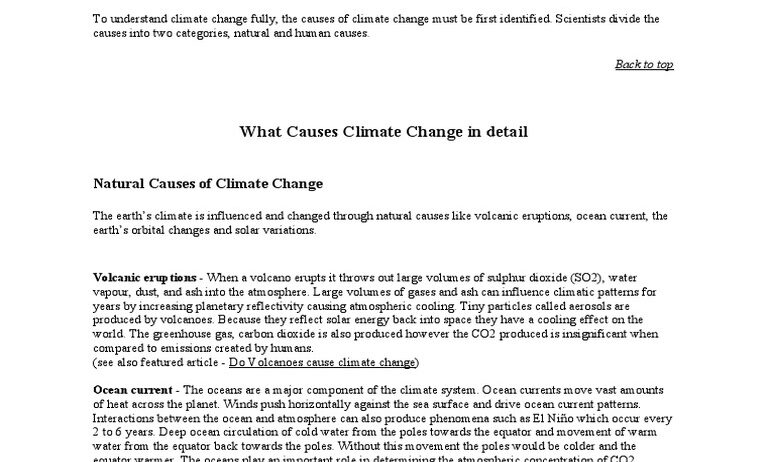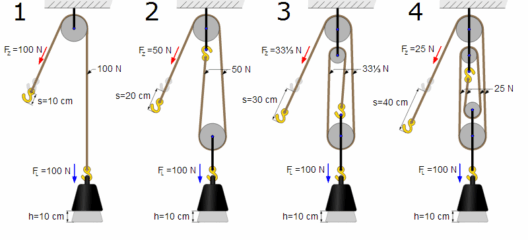Climate change represents one of the most pressing challenges faced by humanity today. The intricate interplay of natural and anthropogenic factors contributes to this phenomenon, leading to alterations in weather patterns, rising sea levels, and biodiversity loss. Understanding the causes of climate change is paramount for developing effective mitigation strategies. This article comprehensively examines the primary drivers of climate change, from carbon dioxide emissions to the insidious influence of corporate profit motives.
At the heart of climate change is the greenhouse effect, a natural process that allows the Earth to maintain a temperature conducive to life. However, human activities have significantly intensified this effect. The primary greenhouse gas responsible for this escalation is carbon dioxide (CO₂). Emitted primarily through the combustion of fossil fuels—such as coal, oil, and natural gas—CO₂ accumulates in the atmosphere and traps heat. The energy sector is particularly culpable, as power generation and transportation contribute disproportionately to the global carbon budget.
Besides CO₂, other greenhouse gases play critical roles in climate change dynamics. Methane (CH₄), for instance, has an impact more than 25 times greater than CO₂ over a 100-year period. Agriculture is a major source of methane emissions, particularly from livestock digestion and rice paddies. Additionally, landfill decomposition and certain industrial processes contribute to methane’s prevalence in the atmosphere. Another potent greenhouse gas is nitrous oxide (N₂O), primarily released from agricultural activities involving synthetic fertilizers. Its global warming potential is approximately 298 times that of CO₂ over a century, making it a significant contributor to climate change.
Deforestation emerges as another crucial element exacerbating climate change. Forests serve as essential carbon sinks, absorbing large quantities of CO₂. However, rampant logging, agricultural expansion, and urban development have resulted in widespread deforestation. The loss of trees not only reduces the Earth’s capacity to sequester carbon but also disrupts local ecosystems, leading to habitat destruction and loss of biodiversity. The intricate relationships within these ecosystems mean that the extinction of one species can trigger a domino effect, further destabilizing environments.
Climate change is not merely a consequence of natural phenomena; human activities increasingly contribute to its escalation. Industrialization has led to a surge in greenhouse gas emissions. Factories emit significant quantities of CO₂ and other pollutants, while the manufacturing processes often rely on non-renewable resources. This reliance on fossil fuels perpetuates a cycle of carbon emissions, as industries exploit resources without regard for sustainable practices. The transportation sector further compounds this issue, with rising vehicle ownership and cargo transport contributing to greenhouse gas emissions. The proliferation of gas-powered vehicles exacerbates the quest for efficiency, thus pushing the boundaries of environmental sustainability.
Another stark contributor to climate change lies in corporate greed, often encapsulated in the term “greenwashing.” Many corporations undertake insincere initiatives to present themselves as environmentally friendly, despite their substantial contribution to pollution and environmental degradation. This facade can divert public attention from their practices and hinder efforts for systemic change. The pursuit of profit can lead firms to exploit resources unsustainably, undermining local communities and ecosystems. Consequently, corporate lobbying predominantly focuses on maintaining the status quo, thereby stifling robust climate action.
Additionally, the global economic system, predicated on perpetual growth, is inherently at odds with environmental sustainability. As countries pursue industrial expansion and economic development, they often overlook the environmental ramifications. The capitalist model, which values short-term profits over long-term sustainability, drives excessive consumption. This insatiable demand for products further amplifies resource extraction and waste generation, thereby exacerbating the climate crisis.
Urbanization is another contributing factor to climate change. As populations migrate to urban centers, energy consumption increases dramatically. Cities are major sources of greenhouse gas emissions due to high energy demands for heating, cooling, and transportation. The proliferation of concrete and asphalt surfaces leads to the urban heat island effect, trapping heat and further contributing to global warming. Urban planning, therefore, must embrace sustainable principles to mitigate its impact on climate change.
The impact of individual choices should not be underestimated. While systemic change is crucial, personal actions can play a pivotal role in addressing climate change. Shifting consumption patterns, reducing waste, utilizing public transportation, and embracing renewable energy sources can collectively produce significant benefits. Education and awareness are fundamental in promoting responsible behaviors that can drive demand for sustainable practices and policies.
International cooperation is arguably individuals’ most potent tool in combating climate change. Environmental treaties and agreements, such as the Paris Agreement, strive to unite countries in a collective effort to reduce greenhouse gas emissions. These frameworks aim to limit global warming to well below 2 degrees Celsius compared to pre-industrial levels. For meaningful progress, countries must commit to reducing emissions, transitioning to renewable energy sources, and prioritizing conservation efforts. The participation of both developed and developing nations is critical, as climate change transcends borders, affecting ecosystems, economies, and communities worldwide.
In conclusion, the causes of climate change are multifaceted and deeply entwined with human activity. From fossil fuel emissions to corporate profit motives, the interplay of these factors creates a complex tapestry of environmental degradation. Understanding these causes is imperative to forge pathways toward sustainable practices. The challenge lies not only in identifying the sources of climate change but also in fostering a global movement toward meaningful solutions. As we confront this existential threat, collective action becomes paramount for the well-being of our planet and future generations.








